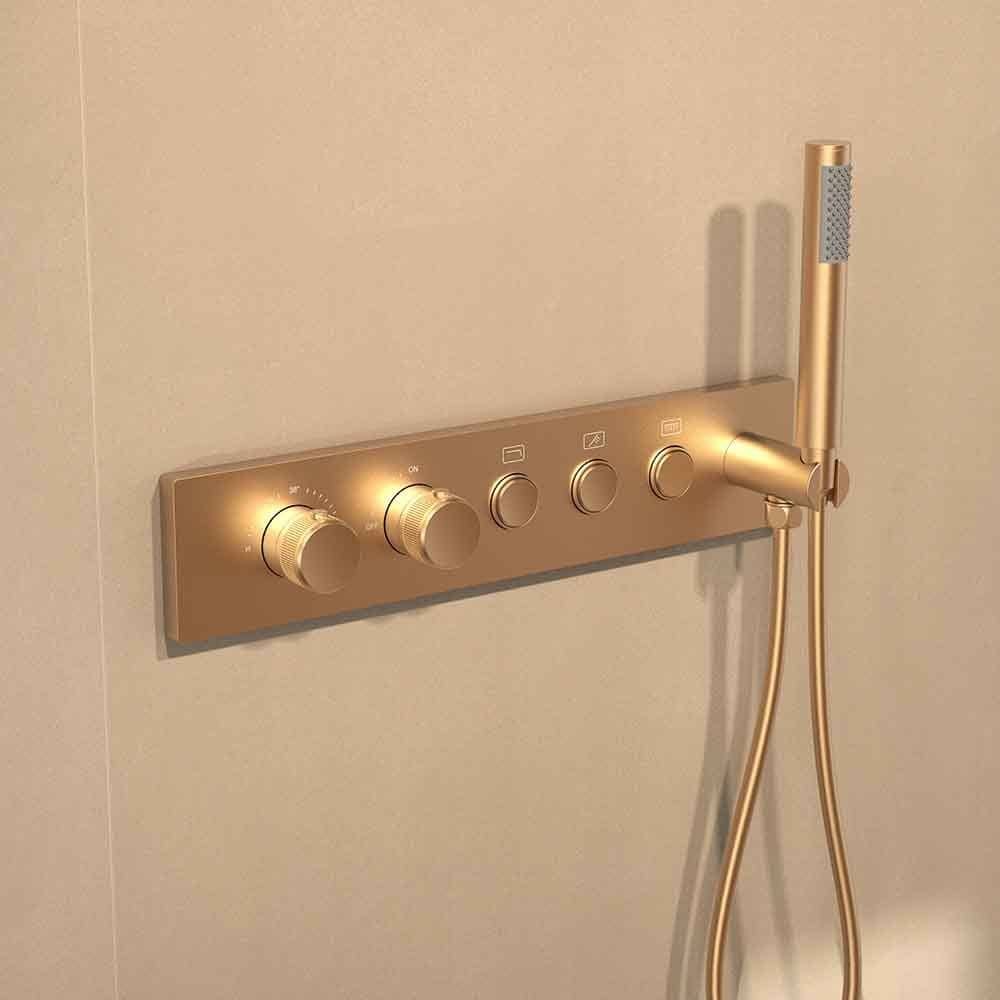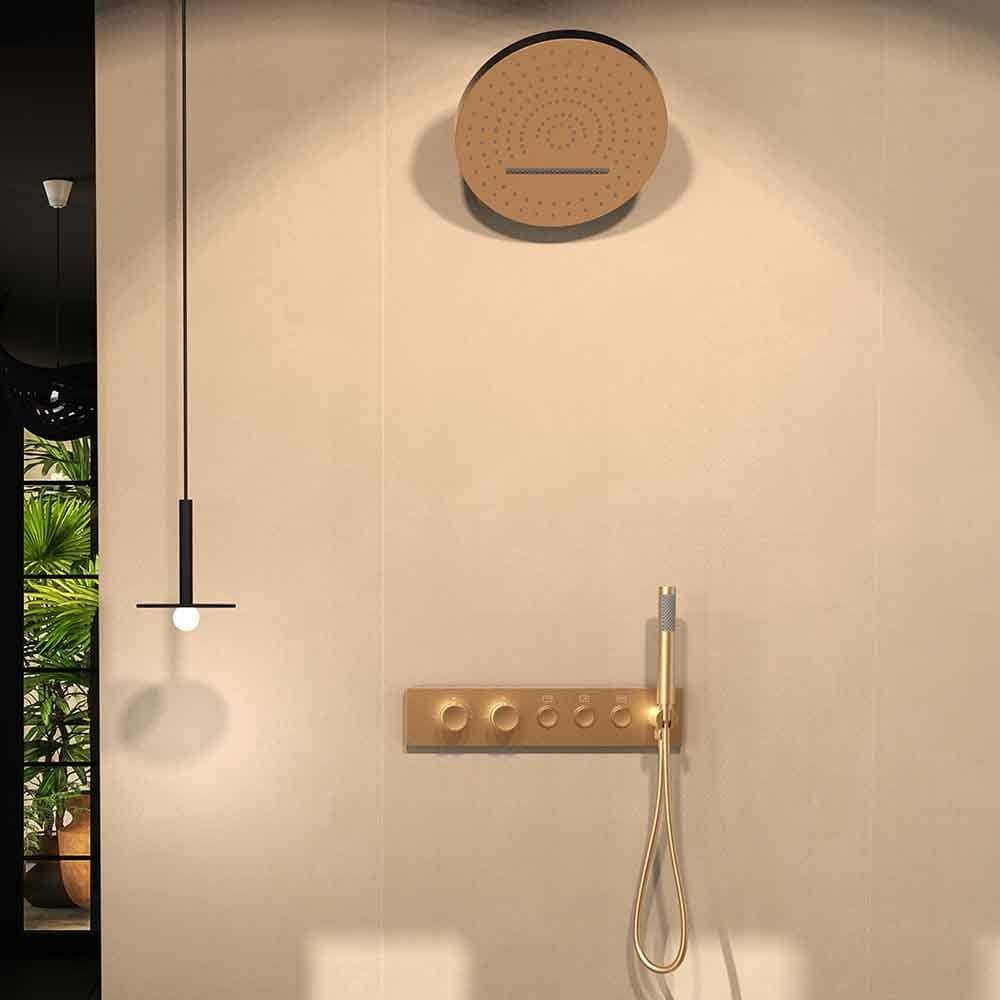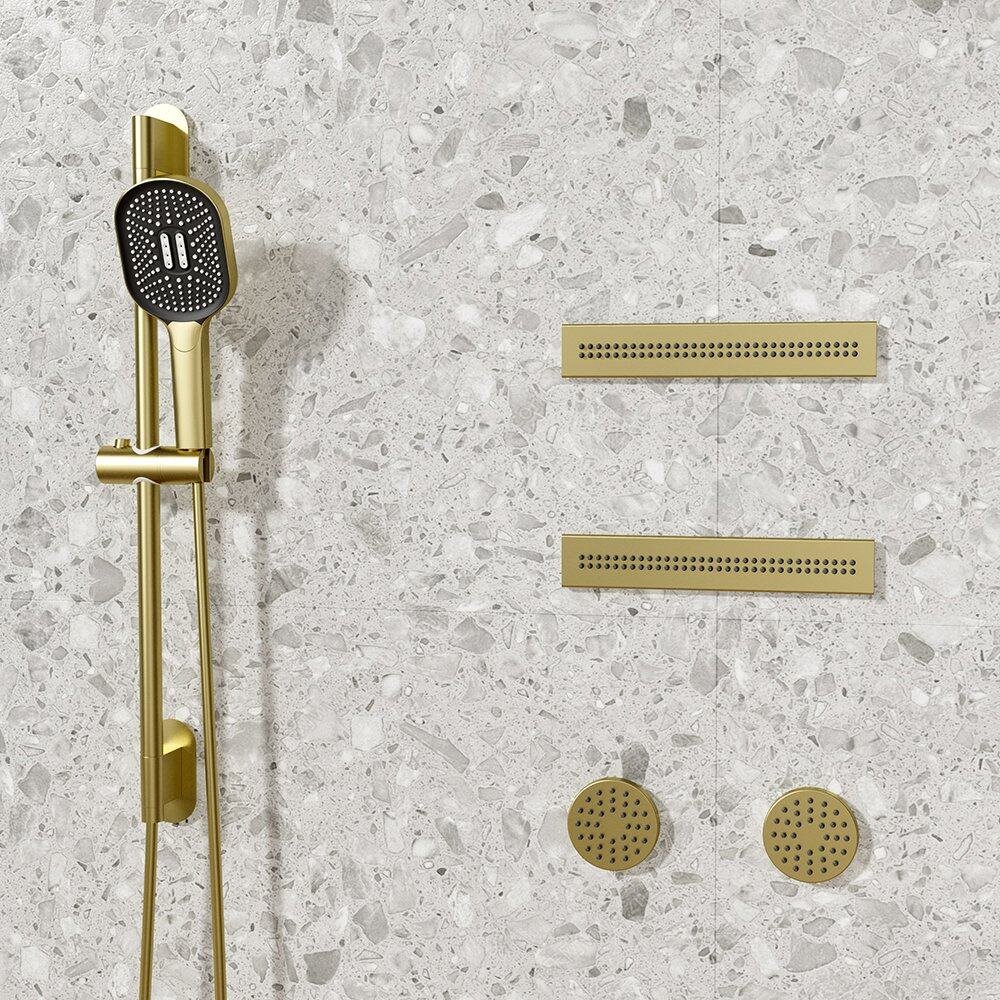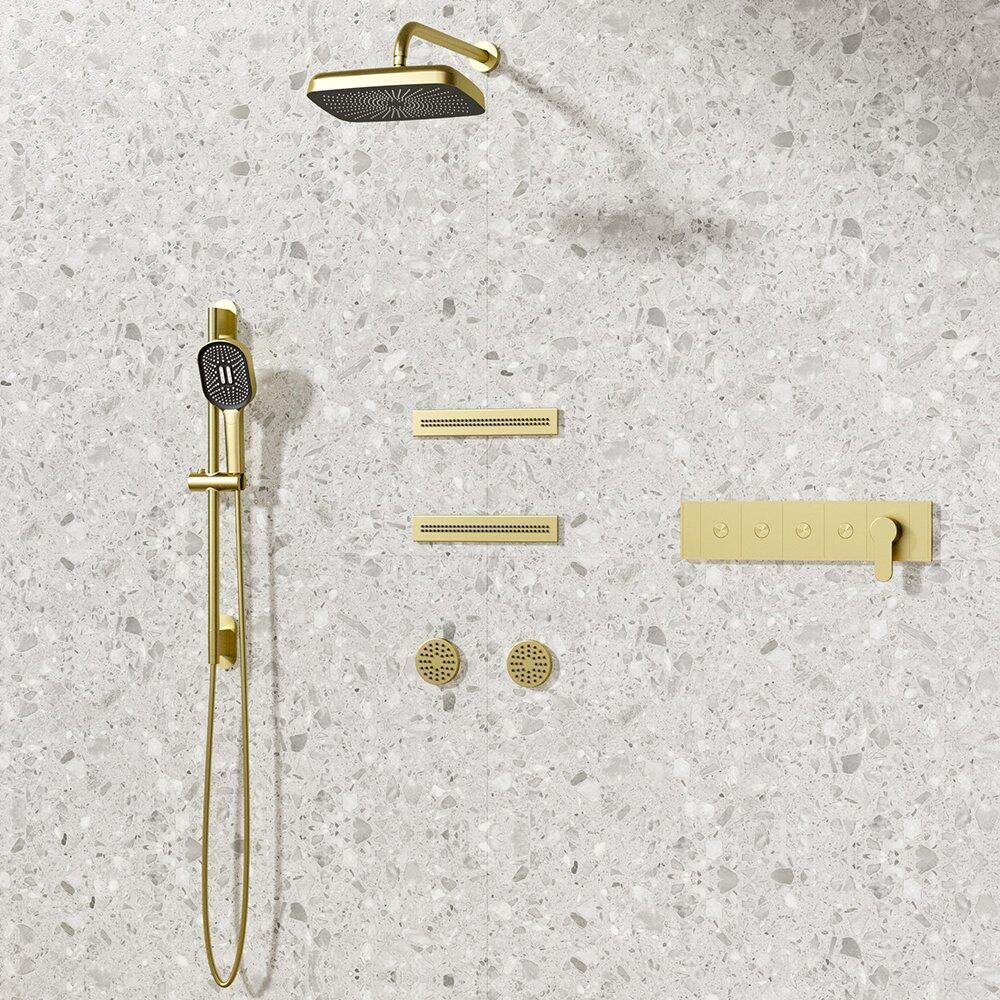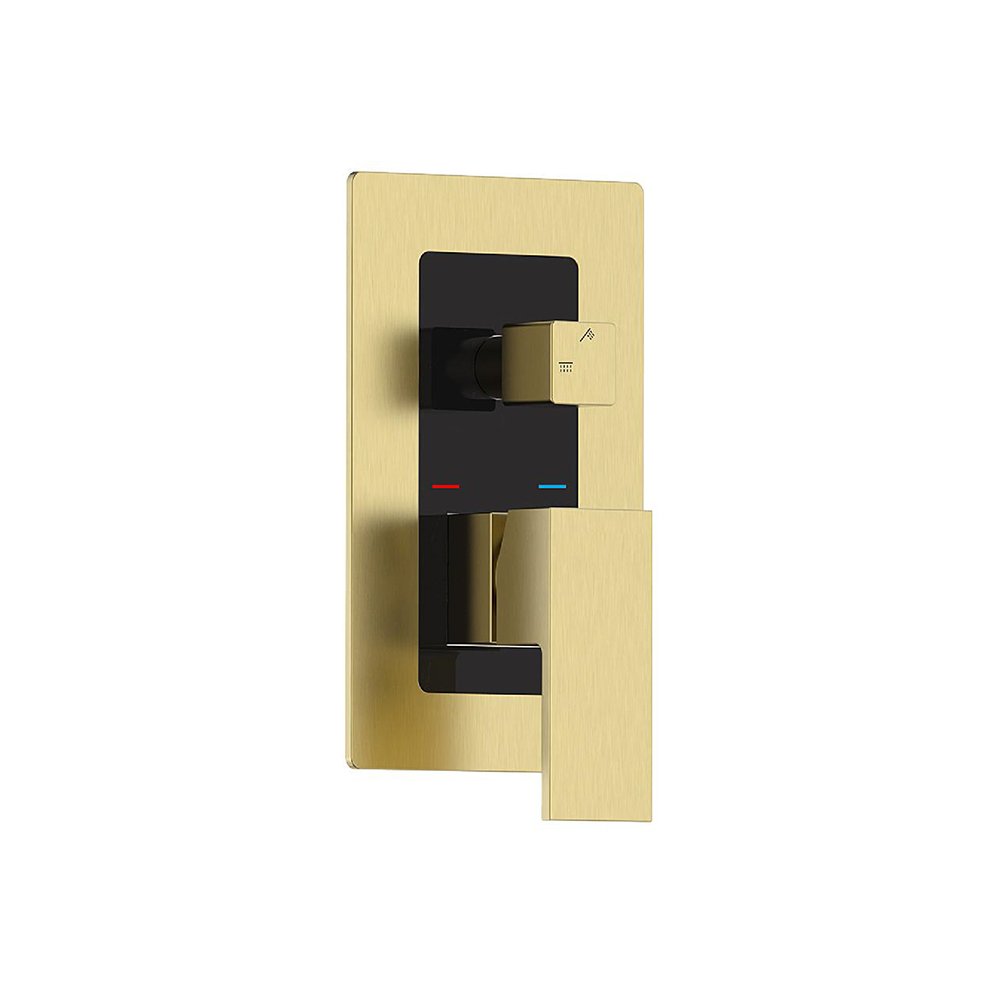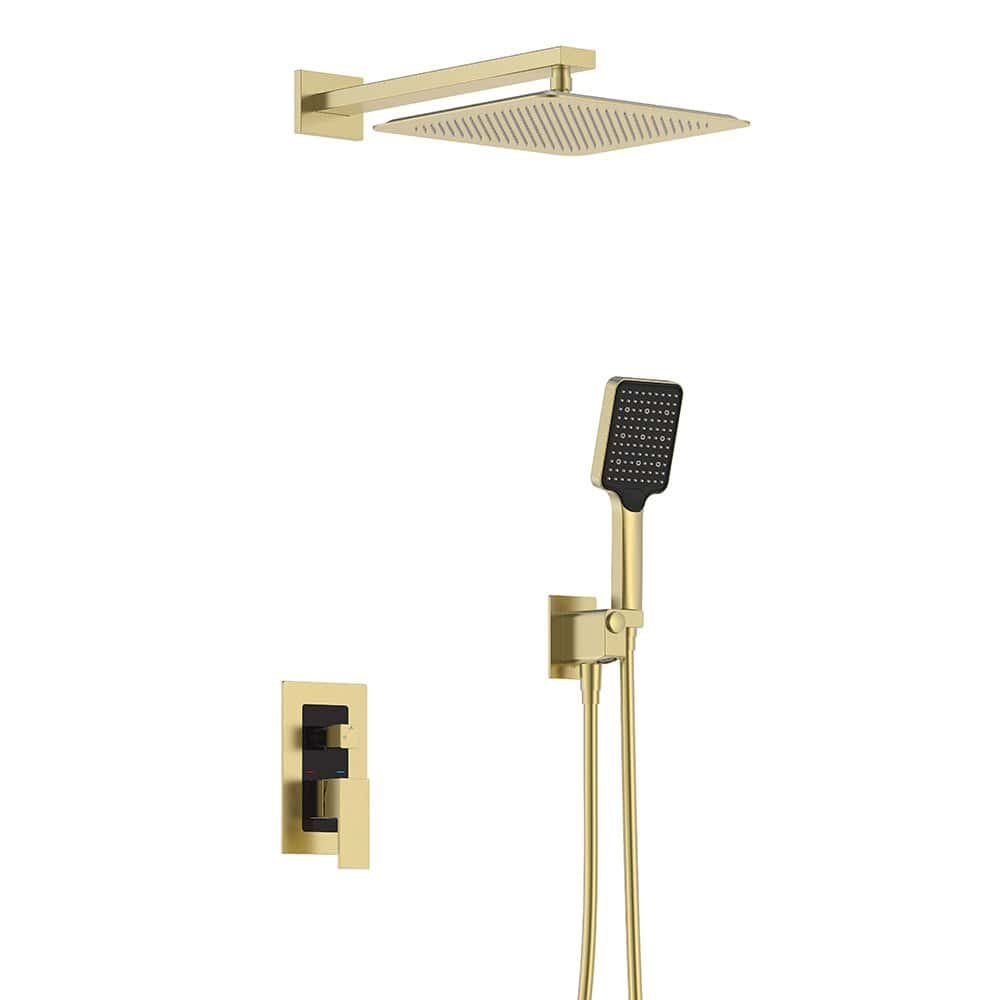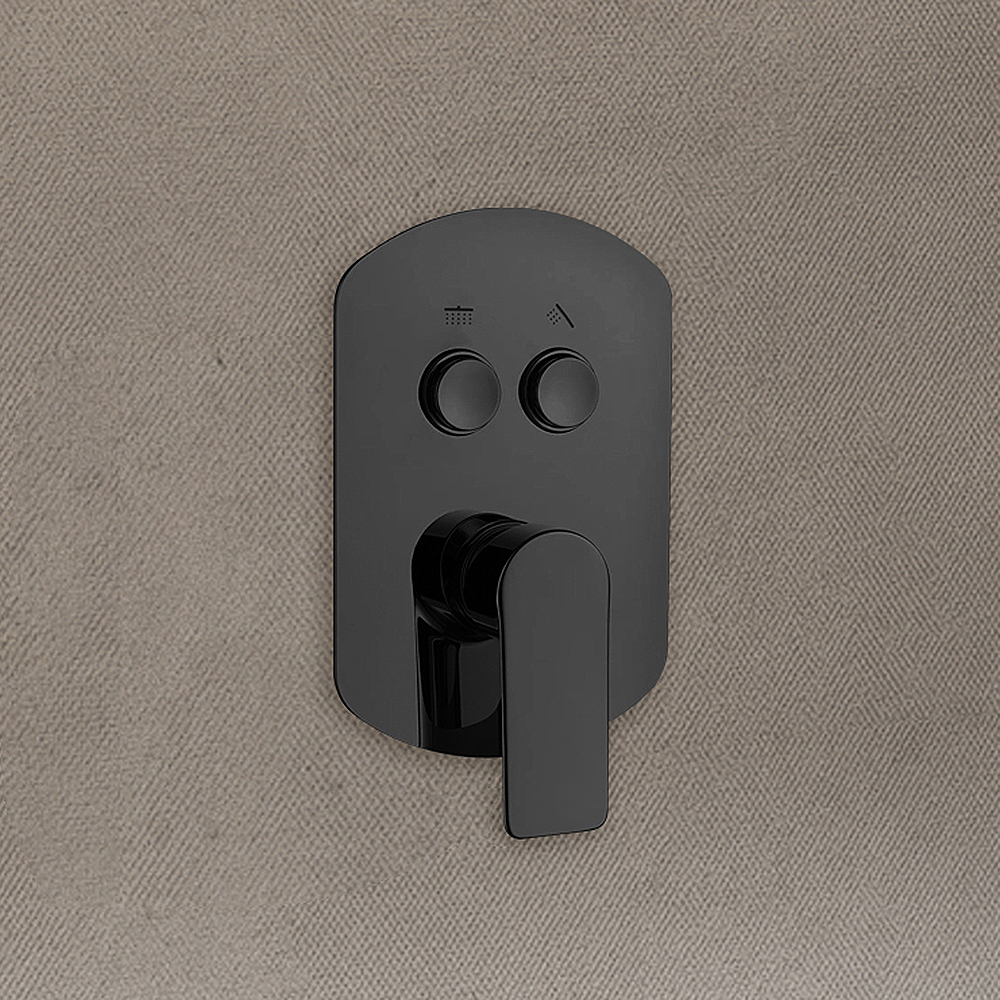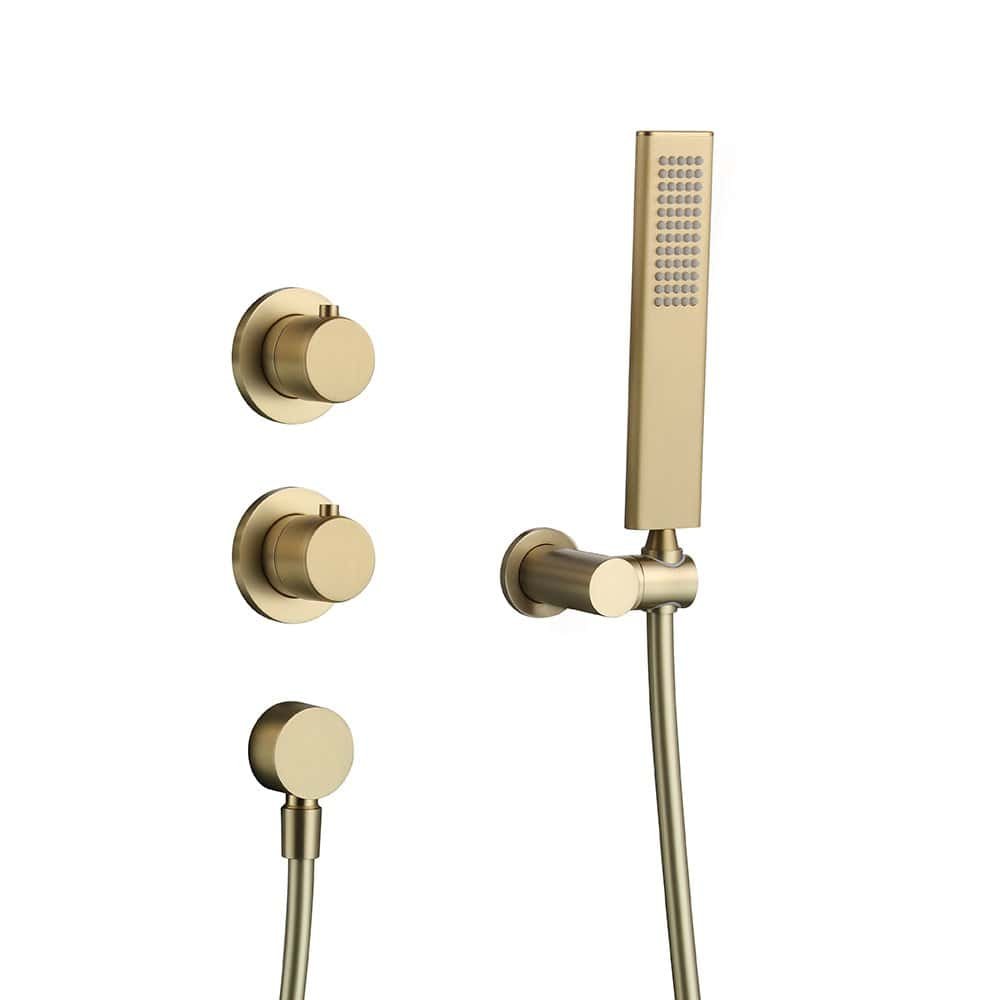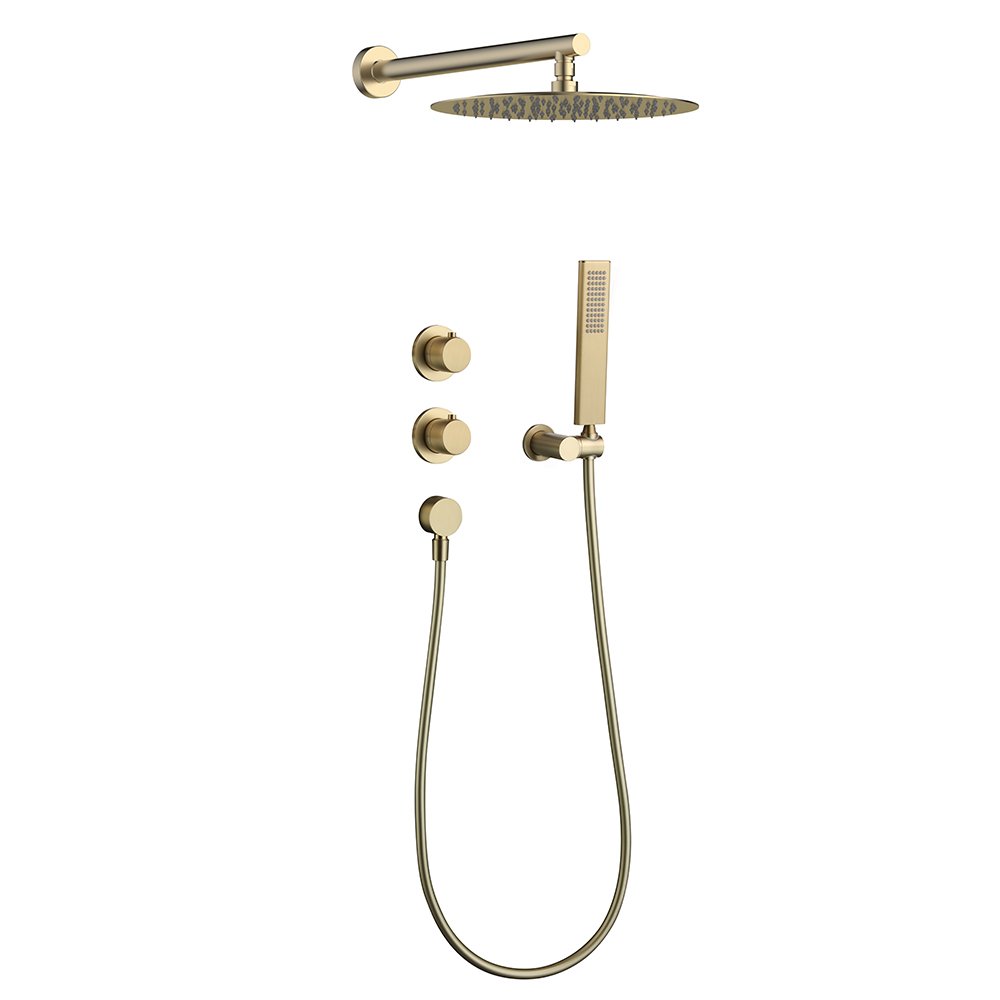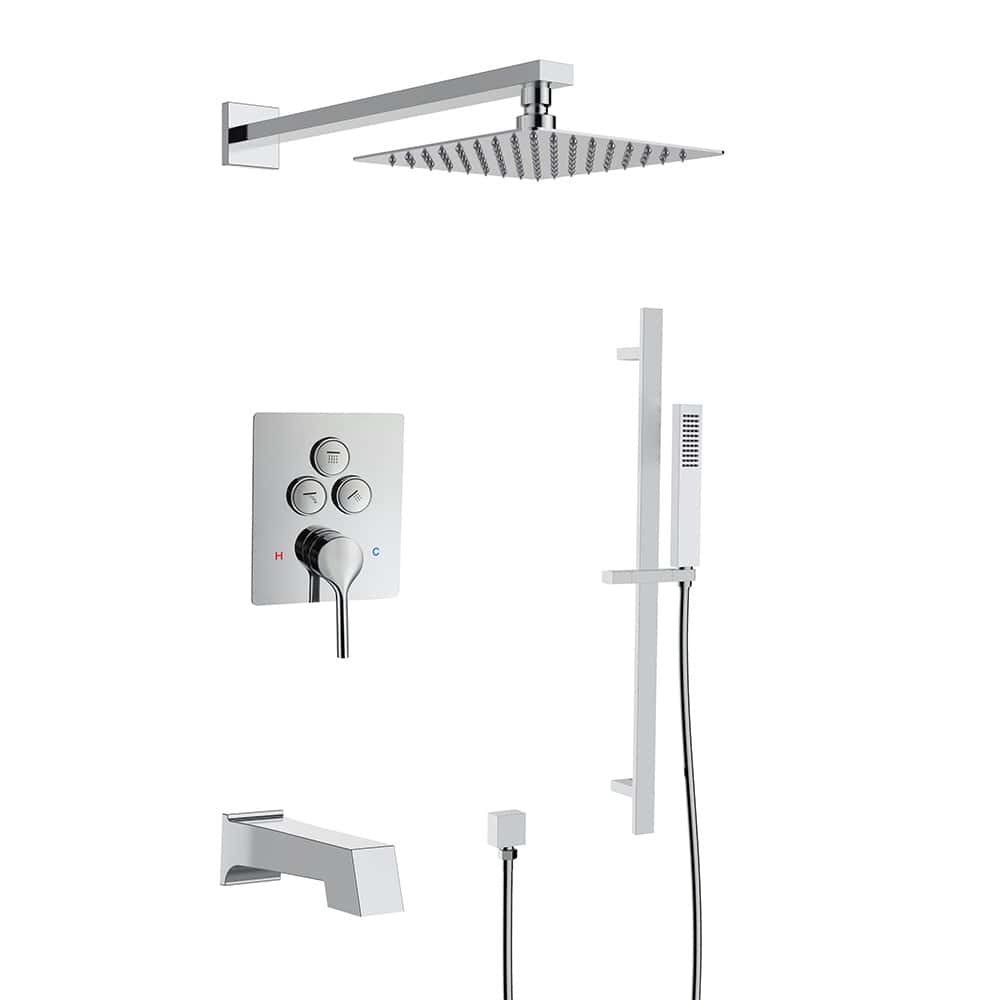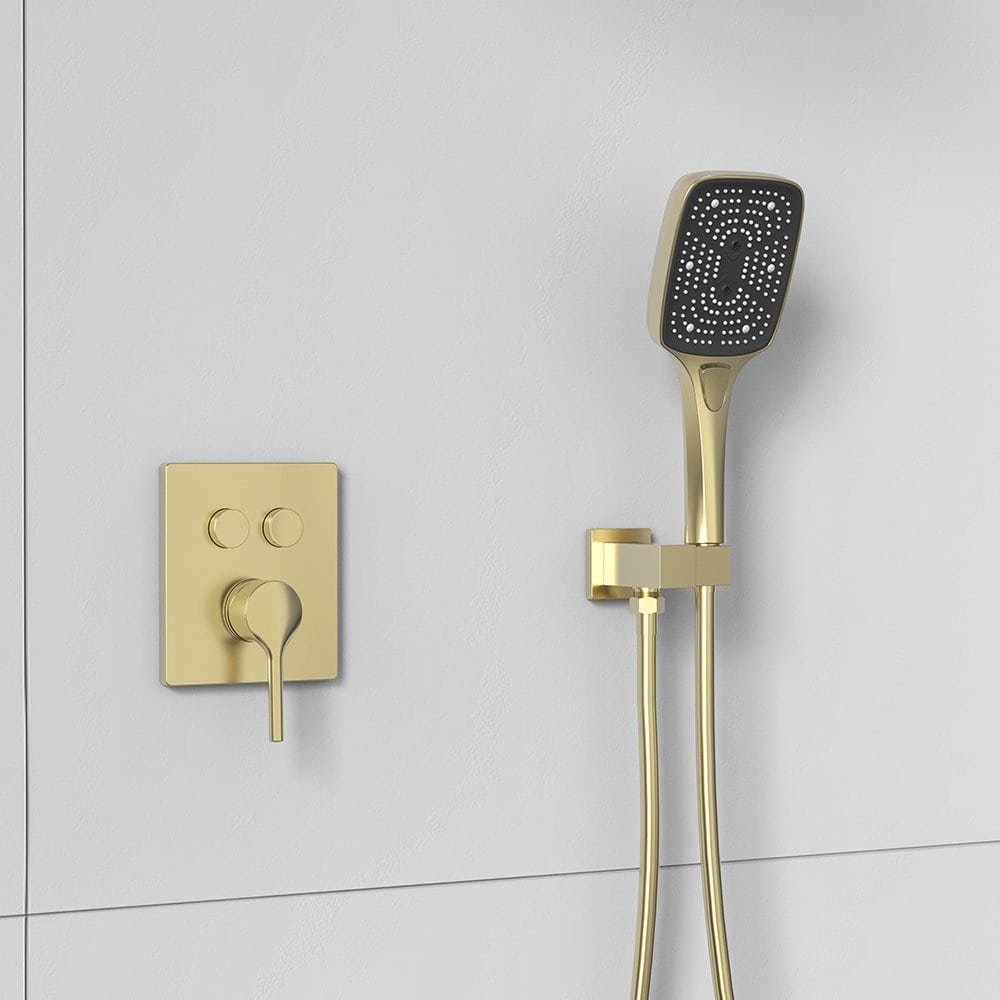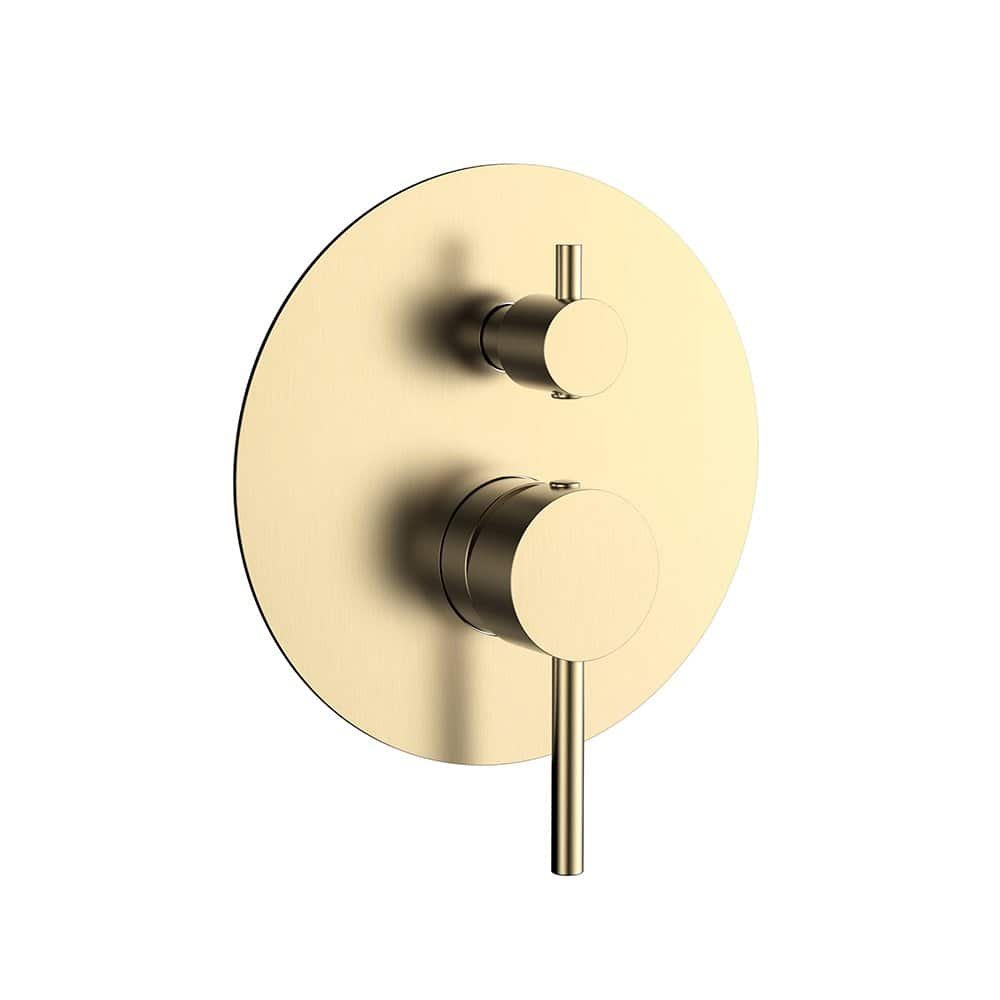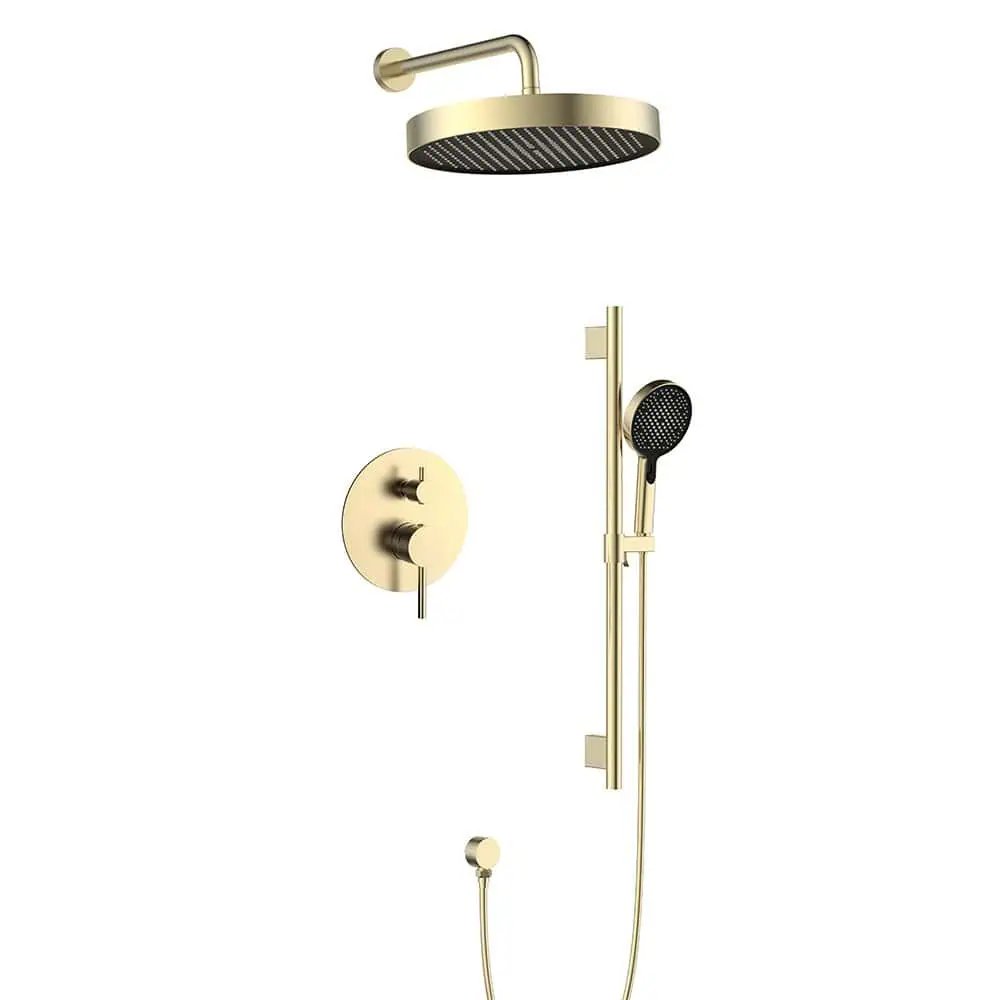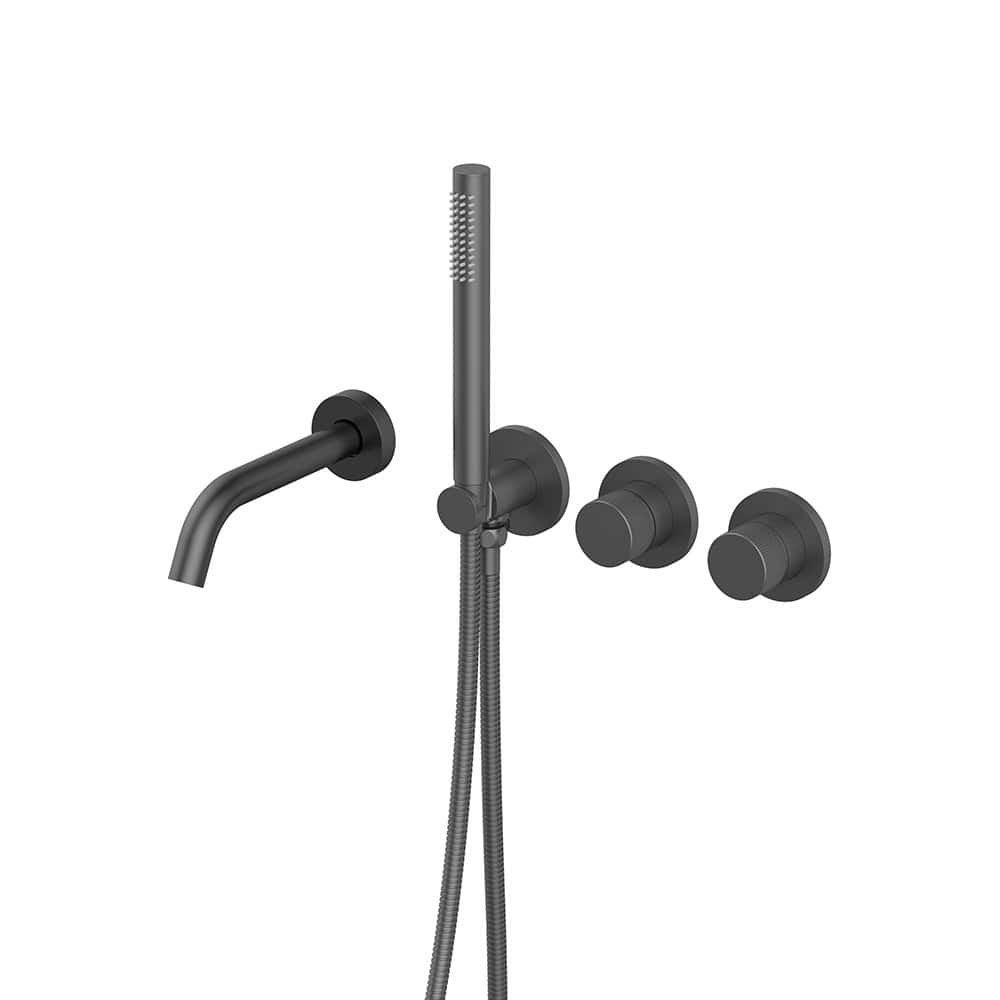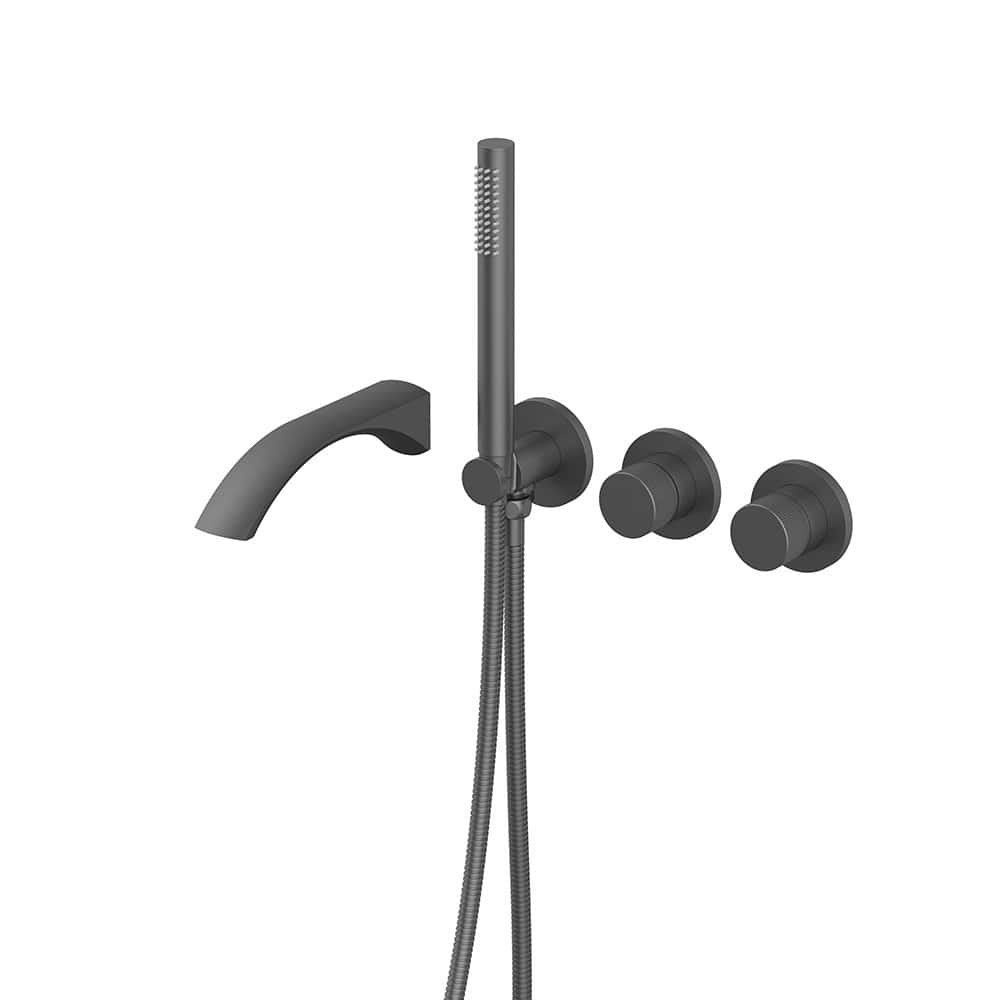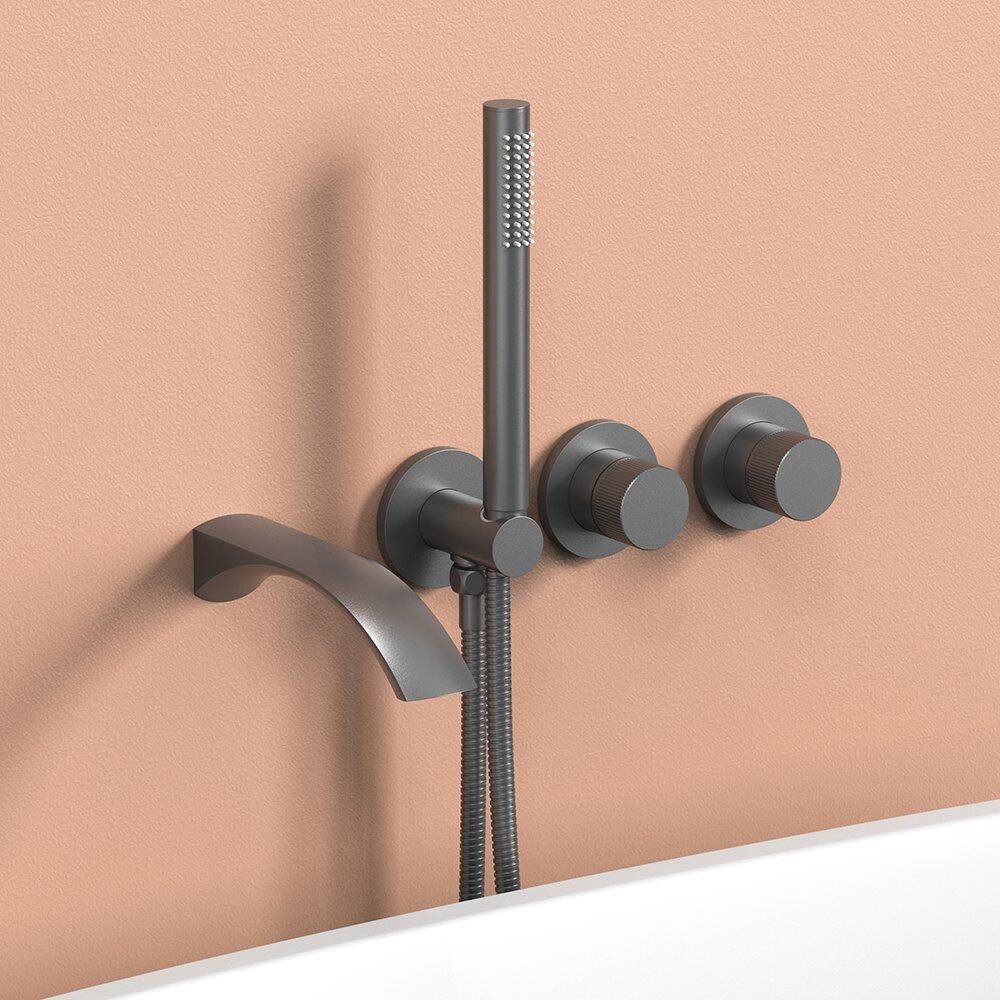Ever really thought about your showerhead? It’s more than a shiny cap with holes. Behind the surface lies the Showerhead Inner Working—a piece of engineering packed with channels, valves, and nozzles that shape water into a personalized, efficient spray.
In this report, we’ll tear down a multi-function showerhead. We’ll open it up to explore its anatomy, explain how the spray modes work, highlight the key parts, and show how the inner design delivers both performance and style.
What’s Inside a Multi-Function Showerhead? A Teardown Tour
To understand a multi-function showerhead, you need to look inside. It’s not just a shell—it’s a compact system of modules that control, direct, and shape the water with precision.
The Water’s Journey: From the Wall to the Spray
Water leaves the wall pipe and flows into the shower arm, which holds the showerhead at the right height and angle. The head screws onto the arm with a swivel ball joint, letting you tilt and turn the spray without moving.
Inside the showerhead, water enters a network of channels shaped by fluid dynamics to balance pressure and deliver an even flow to the mode-switching mechanism. This hub solves a key challenge—sending water evenly to multiple outlets without weak spots or patchy spray.
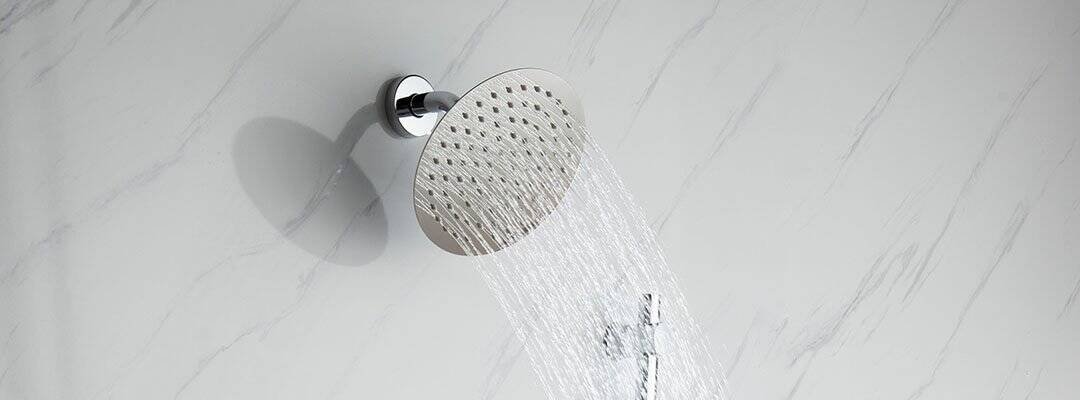
The Control Center: The Diverter Plate Mechanism
The core of any multi-function showerhead is the diverter plate—a rotating disc that acts like its mechanical brain. Water fills a chamber behind the plate, and when you turn the lever, the plate spins so its cut openings line up with different nozzle chambers. Each chamber feeds a nozzle group for a specific spray, from a wide rainfall to a focused massage, or even a combo mode.
The diverter works like a pre-set program: each lever position directs water along a fixed path. The challenge is engineering the plate and channels so complex water flows map to simple, repeatable controls.
In larger systems with overhead and handheld showers, a bigger diverter valve redirects flow between outlets. A two-way diverter switches between them, while a three-way version can run both at once, if permitted.
The Gatekeepers: Flow Restrictors and Filters
Before reaching the diverter plate, water usually passes through two key regulators: a flow restrictor and, in some models, a filter.
The flow restrictor is a small disc with a precise hole that limits water output. U.S. law» caps showerheads at 2.5 GPM at 80 psi, with stricter rules in states like California (1.8 GPM). This sets the “water budget” for the entire design. Every choice—from diverter efficiency to nozzle layout—manages this limited flow. A strong “Massage” mode, for example, comes from concentrating the same water through fewer jets, not using more.
Some showerheads also include filters. These range from fine mesh screens that block grit to advanced cartridges with activated carbon or KDF-55, which reduce chlorine and improve water quality.
The Delivery System: The Faceplate and Nozzle Layout
The water’s final stop is the faceplate—the broad surface where it exits. Its design blends style and fluid engineering, with materials ranging from ABS plastic to chrome-plated brass or stainless steel. Shape and layout work together to define the spray pattern.
Nozzles are carefully engineered, not randomly placed. Their size, density, and material are optimized with computer modeling to deliver even coverage, strong performance at low flow rates, and the showerhead’s signature spray modes. The faceplate turns controlled flow into a sensory experience.
The Physics of Sensation: How Different Spray Modes Are Made
A multi-function showerhead delivers different experiences—from gentle rain to pulsing massage—thanks to fluid dynamics. Each mode uses engineering to adjust water speed, pressure, and droplet size, letting designers shape the water to create a specific feel.
Rainfall: Engineering a Wide, Gentle Shower
The goal of “Rainfall” mode» is to mimic a natural rain shower with large, slow-moving droplets.
Rainfall showerheads use a large faceplate covered with evenly spaced nozzles. The internal chamber acts like a reservoir, spreading water at low, consistent pressure. The larger nozzle openings reduce exit speed, keeping water in distinct droplets rather than mist. This design delivers a high-coverage, gentle spray that wraps your body in a soothing cascade.
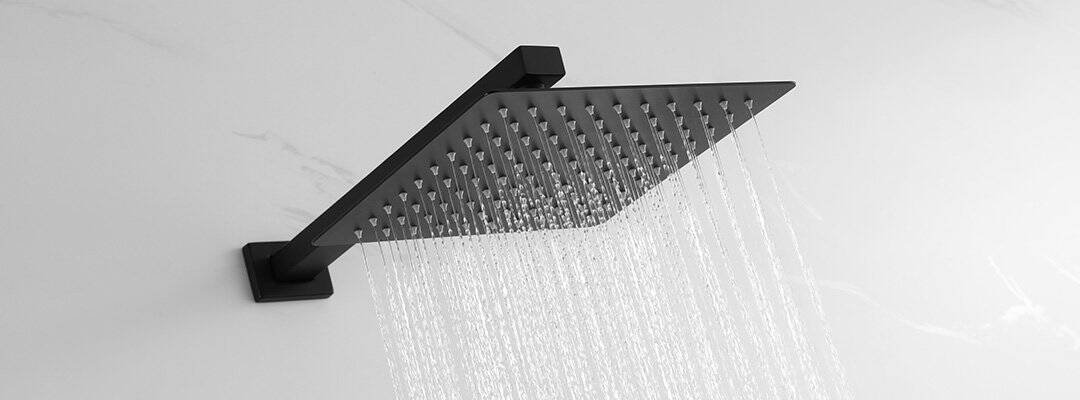
Massage: The Mechanics of a Pulsating Spray
In contrast to gentle rainfall, “Massage” mode delivers a forceful, pulsating stream for a therapeutic effect.
This comes from a mechanical part inside, often a small water-driven rotor in a special nozzle chamber. Water spins the rotor, which rapidly blocks and unblocks paths to certain nozzles, creating the pulsating flow. Cheaper models may use a vibrating diaphragm for a similar effect.
High-frequency pressure waves act like tiny water hammers, tapping and kneading your skin. Smaller nozzle openings increase exit speed, concentrating force on a targeted area for maximum impact.
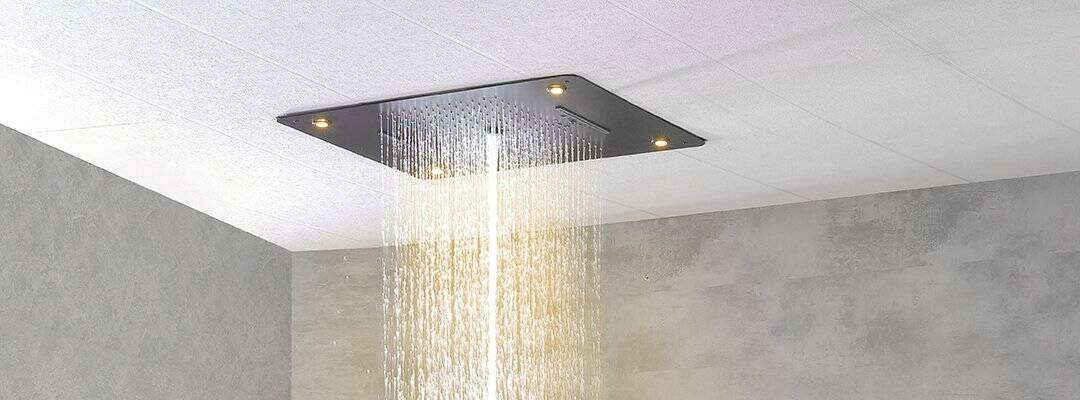

Mist: The Science of Turning Water into a Cloud
The “Mist” setting creates a spa-like experience by turning water into a cloud of fine droplets through atomization—a complex fluid dynamics process.
Atomization forces water at high pressure through micro-orifices or special nozzles:
- Hydraulic: Water’s kinetic energy hits a swirl chamber or surface, breaking it into tiny droplets.
- Pneumatic: Air mixes with water at the nozzle, shearing it into a uniform mist.
A side effect is faster heat transfer due to the huge surface area, making mist feel cooler than a standard spray, even at the same water temperature.
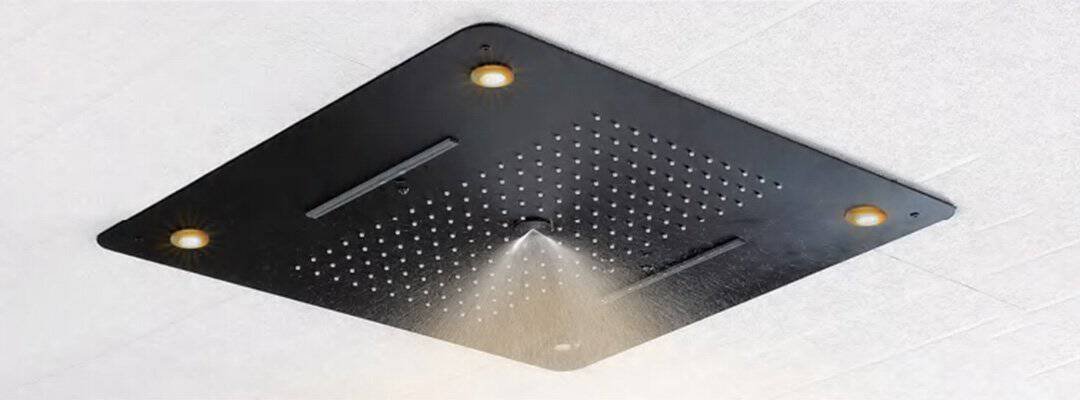
Cascade and Water-Saving Tricks
Beyond the main modes, many showerheads offer special functions like sheet flows and water-saving features.
Cascade/Waterfall mode uses a single wide slot instead of round nozzles, creating a continuous sheet of water. Internal channels ensure even pressure so the sheet stays intact.
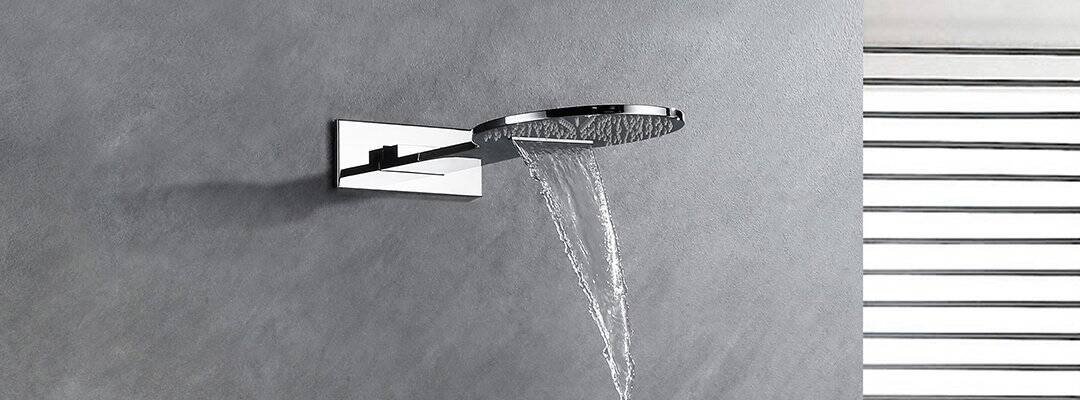
Water-saving technologies balance strong performance with lower water use:
- Aeration: Pulls air into the stream to bulk up water, creating a fuller, softer spray.
- Optimized flow channels: Patented designs, like H2Okinetic, shape droplet size, speed, and coverage to deliver a drenching feel while meeting low-flow standards. These tricks make low flow feel powerful and satisfying.
Creating each spray mode’s “feel” is an engineering puzzle. Designers control flow rate, exit speed, droplet size and density, and pulsation frequency for massage mode. Showerhead design shapes water to trigger precise physical and psychological responses.
| Spray Mode | Key Principle | Internal Mechanism | Nozzle | User Sensation |
|---|---|---|---|---|
| Rainfall | Low-speed, wide-area flow | Large reservoir chamber | High-density, larger nozzles | Gentle, full-body, natural rain-like coverage |
| Massage | High-speed, pulsating flow | Water-driven rotor or fluttering diaphragm | Small cluster, small nozzles | Rapid, therapeutic tapping/kneding feeling |
| Mist | Atomization via high shear | High-pressure micro-openings, air or surface impact | Micro or atomizing nozzles | Fine, spa-like mist, feels cooler due to heat loss |
| Cascade | Continuous sheet flow | Wide slot with uniform pressure channel | Single wide rectangular slot | Continuous curtain, enveloping water feel |
The Unsung Hero: The Material Science of Silicone Nozzles
While mechanics and fluid dynamics drive performance, nozzle material greatly affects durability, maintenance, and hygiene. Recently, silicone has become the preferred choice, offering a smart solution to multiple challenges.
The Hard Water Problem: Mineral Buildup and Clogging
In many areas, tap water is “hard,” with dissolved minerals like calcium and magnesium. When heated, these form limescale, which builds up inside showerhead nozzles. On metal or rigid plastic nozzles, it bonds strongly, gradually blocking holes and reducing water pressure, creating uneven sprays or erratic jets. Over time, the showerhead can become nearly useless.
The old solution is tedious: disassemble and soak parts in vinegar or a commercial descaler to remove the buildup.
Silicone’s Triple-Threat Advantage
Silicone nozzles offer a new solution to limescale. Instead of treating clogs with difficult cleaning, they resist buildup naturally, thanks to their unique material properties.
- Easy Cleaning: Silicone’s flexibility makes limescale weakly bonded. A simple rub of your finger or cloth cracks and flakes it away, restoring flow instantly.
- Durability: Silicone resists cracking from hot-cold cycles and withstands chemicals like chlorine.
- Hygiene: Its non-porous surface prevents organic buildup, inhibiting mold, mildew, and bacterial growth.
A Material Showdown: Silicone vs. Metal vs. Plastic
The choice of nozzle material involves a trade-off between cost, performance, durability, and looks.
- Silicone: Offers easy maintenance in hard water, strong durability against heat and chemicals, and better hygiene. Its main downside is that some may prefer the look of all-metal construction.
- Metal (Brass/Stainless Steel): Highly durable with a luxury appearance and recyclable. However, it’s prone to stubborn limescale and usually the most expensive.
- ABS Plastic: Cheap and easy to mold but least durable. It can become brittle from heat or chemicals, clog with limescale, and feels less premium than metal or silicone.
Choosing silicone nozzles is more than selecting a single part; it’s a system-level design choice. It tackles limescale clogging not with extra parts or difficult cleaning, but by using a material that resists buildup. The solution is built into the nozzle itself, reflecting a design focused on long-term use and effortless maintenance.
Source High-Quality, Multi-Mode Showerheads with Lanerdi
If you’re looking to offer advanced, multi-mode showerheads with all the “inner beauty” we’ve discussed, consider partnering with Lanerdi». They specialize in manufacturing high-quality showerheads, providing both OEM and ODM services.
Their advantages include:
- Silicon Nozzles: Ensures easy cleaning and long-term performance against limescale.
- Diverse Styles: A wide variety of designs to fit any product line or aesthetic.
- Multi-Mode Functionality: Delivers those sought-after varied spray experiences (rain, massage, mist, etc.).
- OEM/ODM Services: Perfect for custom designs or manufacturing your existing specifications.
- Add Value: Enhance your product offerings with reliable, innovative shower solutions.
Conclusion: The Core of Comfort Is on the Inside
We hope this deep dive encourages you to look past the “superficial appeal of a shiny finish.” Your showerhead is a product of remarkable technical sophistication.
The true “inner beauty” lies in the Showerhead Inner Working—that invisible world of meticulous design: the intelligence embedded in its fluid pathways, the precision of its mechanical actuators, and the resilience of its advanced materials. When selecting your next essential fixture, consider not only how it looks but, more importantly, how it works—because within this internal complexity lies the true core of your comfort.

